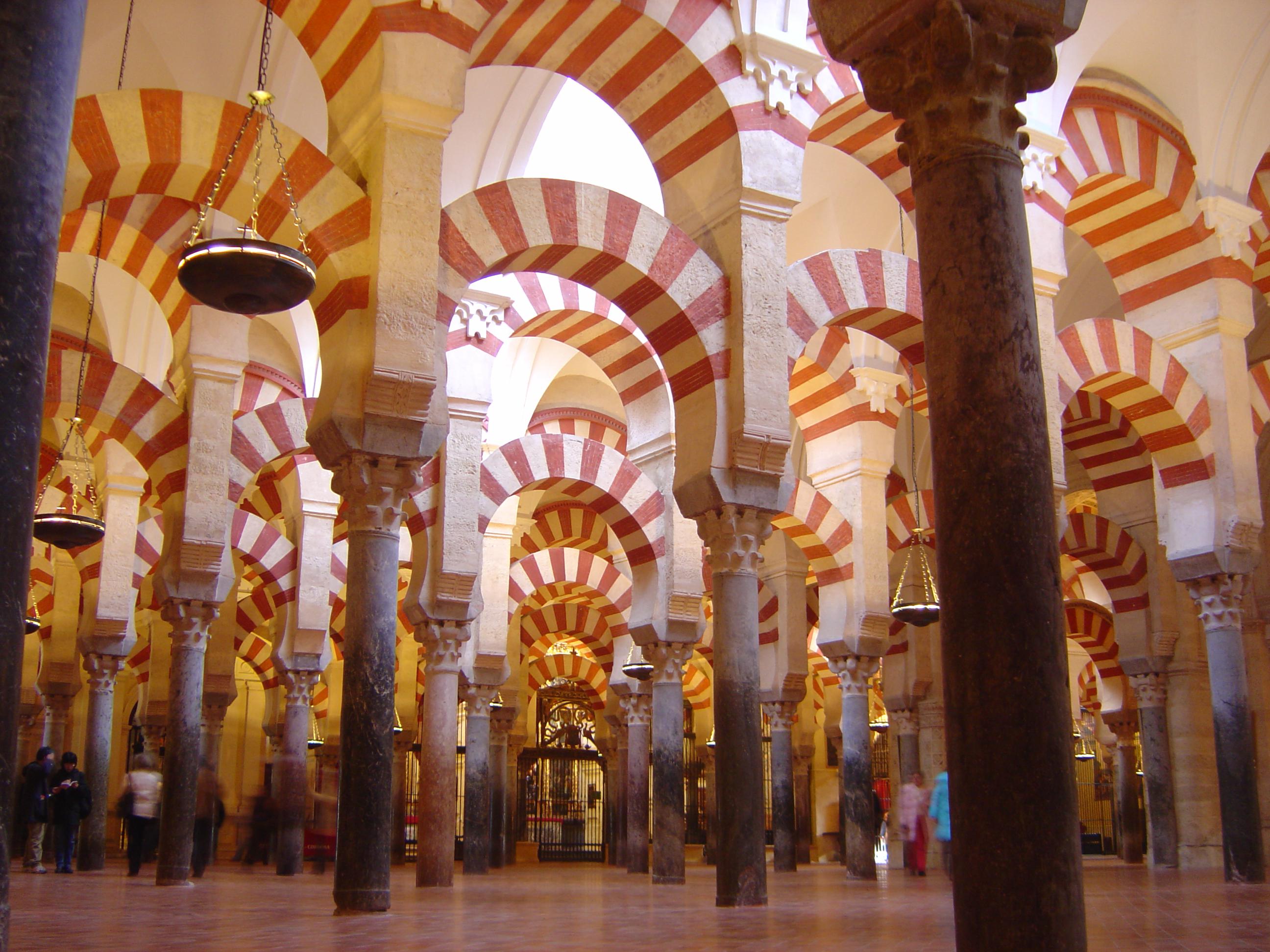This question originally appeared on Quora, the best answer to any question. Ask a question, get a great answer. Learn from experts and access insider knowledge. You can follow Quora on Twitter, Facebook, and Google Plus.
Answer by Tim O’Neill, master’s in medieval literature and have studied most aspects of the period for many years:
There was a period in Moorish Spain where Muslims, Jews, and Christians lived in relative harmony and cooperation. Christians and Jews were considered dhimmis and were second-class citizens who had to pay a tax and had some restrictions on worship, trade, and interaction. But these were often loosely applied or unenforced, and there certainly was a period under the Caliphate of Córdoba where there was general interfaith tolerance and saw a flourishing of learning and culture in Al-Andalus.
This has given rise to something of modern myth that Muslim Spain was some kind of paradise of interfaith cooperation, where wise and tolerant Muslim leaders presided over a wonderland of art and learning until the primitive Christians reconquered Spain, oppressed Jews and Muslims, forced their conversion, and ushered in the horrors of the Inquisition. This is a pretty story, but it is far from accurate.
Visigothic Spain was invaded by Muslim forces—mainly north African Berbers—in 711, and increasing numbers of Berbers pushed the remaining Christians in to the north and northwest of the peninsula, where they established small kingdoms. The rest of Spain became part of the Umayyad Caliphate, which at its height stretched from Spain to the Caucasus and into central Asia. Spain was dominated by the Emirate of Córdoba from 756 to 929, with the emir in Al-Andalus owing at least nominal allegiance to the caliph in far-off Damascus. But in 929, Abd-al-Rahman III declared himself caliph of Córdoba in opposition to the Fatimids, who had risen to power in Egypt as the Umayyad Caliphate disintegrated. Al-Rahman III and his successors ruled until 1031, when the Spanish caliphate disintegrated into small, warring states called the taifas.
It was this fairly brief period that has given rise to the myth of Muslim Spain as an island of culture and tolerance. The Spanish caliphate did see some remarkable architecture, a flourishing of scholarship, and some level of tolerance of Jews and Christians. But this period was short-lived.
When the Caliphate of Córdoba collapsed in 1031, its disintegration into small warring states left the Iberian Peninsula open to invasion. The Christian kingdoms of Northern Spain began a relentless series of campaigns of reconquest that would eventually see all Muslim states on the peninsula subjugated. This encroachment by the Christians saw some of the taifa rulers invite Berbers over from African to help them, which in turn saw the fundamentalist Almoravids take over southern Spain and impose a new, far less tolerant rule. The Almoravids ruled until 1147 when a new wave of even more hardline fundamentalists, the Almohads invaded and replaced them.
Both the Almoravids and the Almohads brought the tolerance of non-Muslims and the rather lax enforcement of restrictions on them to an end. Almoravid persecution and massacres of Jews saw the teenager who was to become the philosopher Moses Maimonides flee to the relative safety of Morocco. There had been occasional and sporadic massacres of Jews and persecution of Christians in the taifas, but it was the arrival of the Almoravids and the Almohads that brought the brief window of relative religious tolerance to an end. Many Jews and Christians fled Muslim Spain, and those who stayed were either forced to convert to Islam (or pretend to) or were heavily oppressed by their fundamentalist conquerors.
The story of the tolerance and culture of the Caliphate of Córdoba is an interesting one, but it is often exaggerated. Even in this period, there were periodic crackdowns on non-Muslims, and the tolerance was in many ways more due to the lax way theoretical restrictions on dhimmis were applied than on any benign attitude of the Muslim rulers. But the idea that Moorish Spain was a paradise of tolerance, culture, and learning until the Christian reconquest is nonsense—it was a brief window of around a century followed by several centuries of fragmentation and civil war, then successive waves of intolerant fundamentalist Muslim conquerors.
More questions on Quora:
